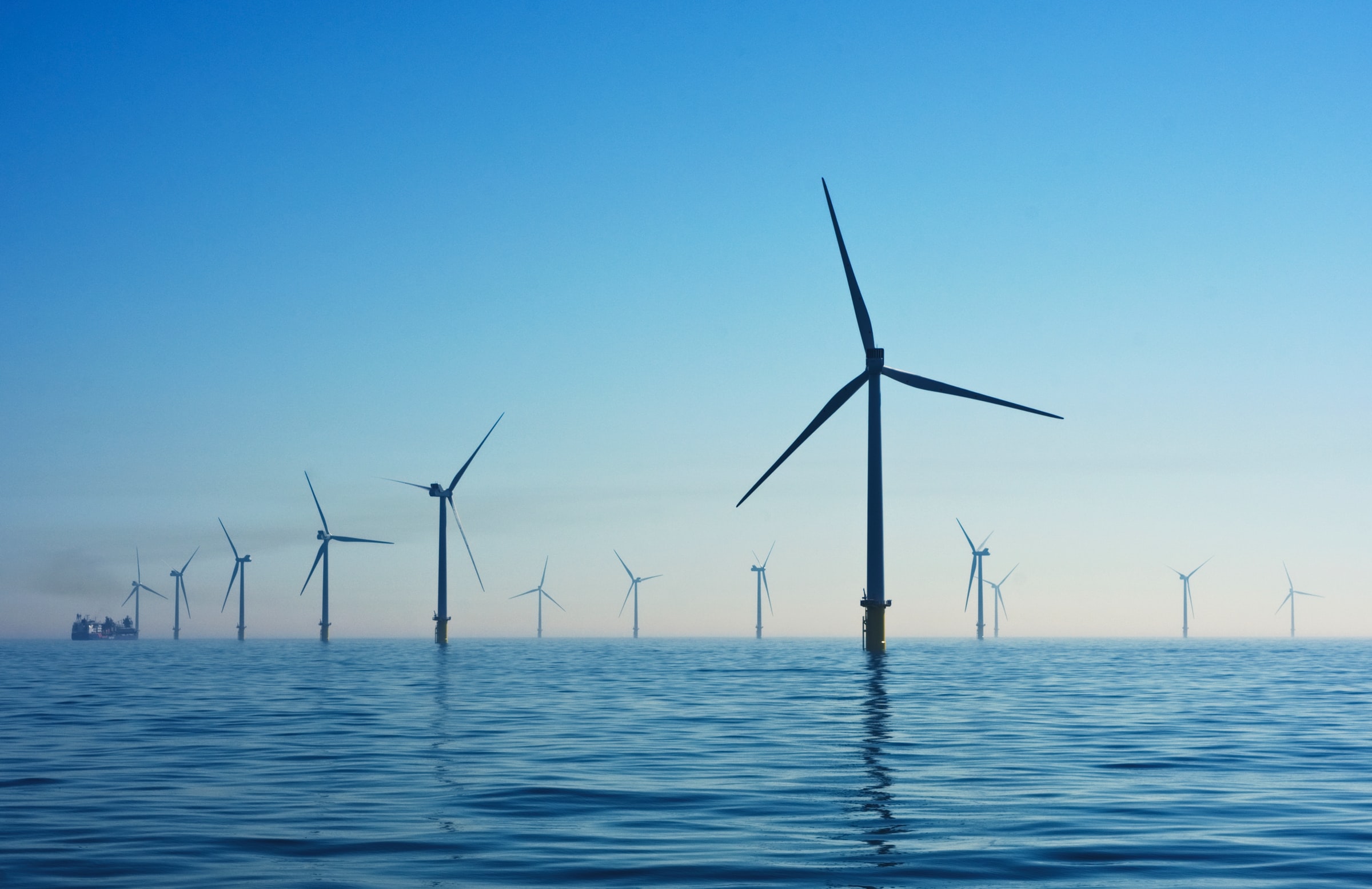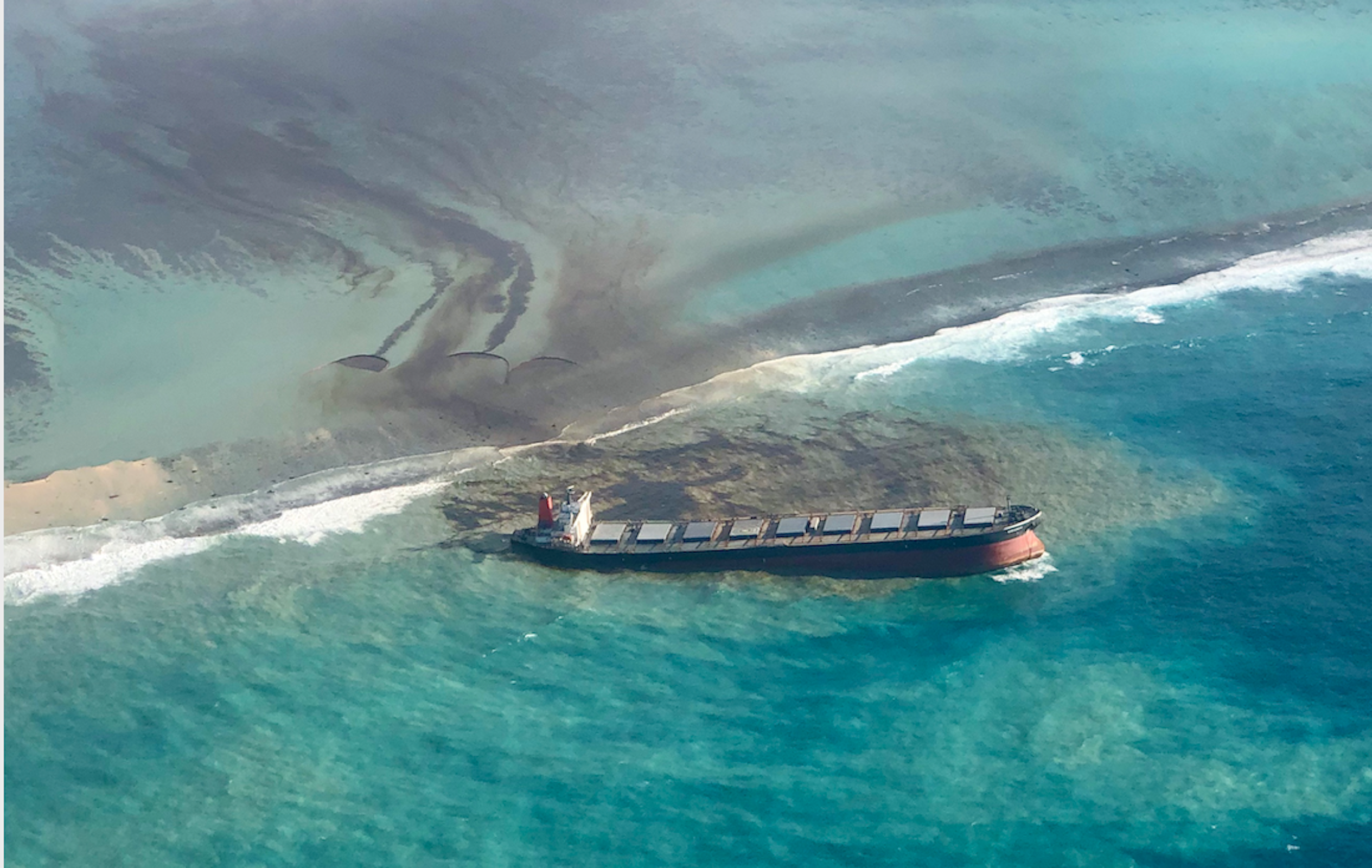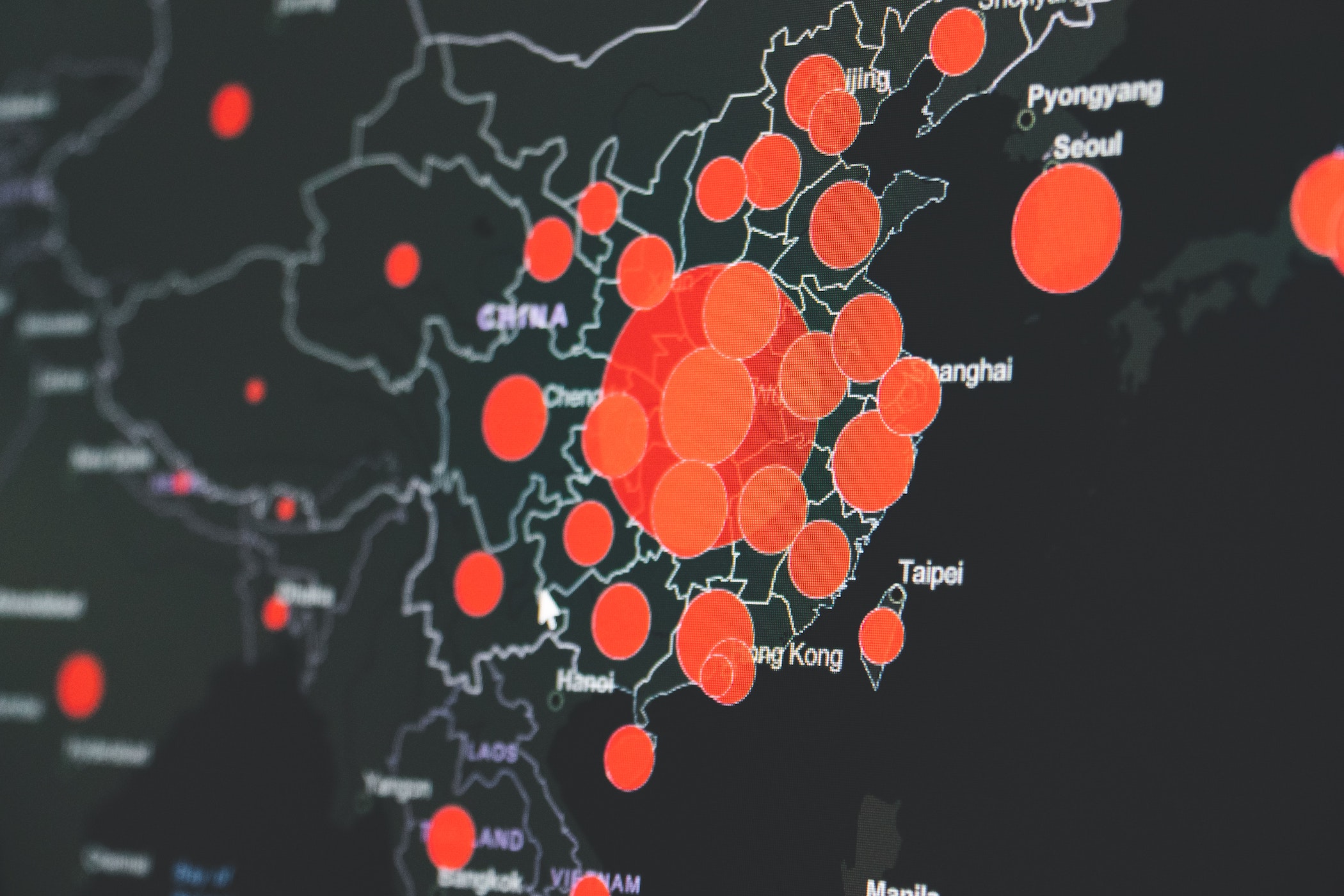A key part to the COP28 is the Global Stocktake, an evaluation of the progress made by individual countries towards their climate goals in the eight years that have gone by since the commitment to remain well below 2°C was enshrined in the Paris Agreement.
Yet the Global Stocktake isn’t just a report card on how well we have all behaved. It’s also a key step towards drawing a roadmap for how we are going to improve, set more ambitious targets and, crucially, implement solutions.
“Clearly, there is an emissions gap, but there is also an implementation gap,” says CMCC scientist Lara Aleluia Da Silva Reis who conducts research in the fields of integrated assessment approaches, environmental statistics, energy policy, and environmental economics. “From the Global Stocktake – Lara says – we want guidance on what specific sectors and specific countries should be doing to close those gaps […] We must avoid that this COP is, once again, just a series of vague commitments.”
What is the Global Stocktake, and will it help raise ambition?
This is the first Global Stocktake since it was agreed in Paris as a key part of how the pledge and review process works and how it’s going to be implemented. It’s an important milestone in the negotiations and in climate action, mitigation, and also adaptation.
Its goal is to accelerate action by summing up all the pledges that have been made, comparing them to the goals we set out in Paris – for a 1.5°C or well below 2°C future – and then pursuing efforts to reach those goals. Not only should it take stock of everything that was pledged but also guide countries, and not just governments but non-state actors as well, in their future investments.
The Global Stocktake is important not only because it is the first one but also because it comes in a year of very visible climate disasters. We’ve had sea surface temperature records. Heatwaves. Droughts. Wildfires. It’s been a climate disaster prone year which means that the Stocktake is coming at a time when climate change is particularly visible to people.
I’m anxious to see what emerges from the Global Stocktake. Although the report on our progress has already been published, we really need to build on this and raise ambition.
Does this mean that the Stocktake’s main goal is to show us where and how to reduce emissions?
Yes, but it’s not only about mitigation, it’s also important to consider adaptation. We sometimes forget that the 1.5°C goal amounts to accepting a warming world; we are already committed to warming. A 1.5°C future is not a damage free world. We are going to need adaptation and we’re going to need climate resilient societies.
The Stocktake is important because it fills the gaps on mitigation commitments, but also on finance and, most importantly, on implementation. One thing is what we pledge and another is how we line up our policies so that we implement what we have pledged.
It will set the groundwork for the new nationally determined commitments (NDCs) which will take place in 2025 where we are expecting countries to raise ambition and we hope that they will be more in line with the well below 2°C goal.
There are three stages to the Global Stocktake. The first two – gathering and evaluating data on our progress – have already taken place. The third part of the process is taking place now at COP28? Does that mean we already know the outcome or is there still room for maneuver?
There’s certainly still room for maneuver on the implementation side and therefore how we are going to operate. Hopefully the Global Stocktake will provide guidance for commitments specific to each sector, such as emissions of different types of gasses for example.
Since the Paris Agreement commitments were made, initial assessments showed that we were in line with 3°C to 4°C of warming. Current assessments indicate that we are heading for somewhere in between 2.8°C and 2.4°C. In any case, this is far from the 2°C goal and even further from well below 2°C.
From the Global Stocktake we want guidance on what specific sectors and specific countries should be doing. Not only in terms of mitigation, but also for adaptation. As I said, 1.5°C is warming and we’ve already committed to it. So, we will need to adapt…
The Global Stocktake provides a collective image of progress – or lack thereof – rather than signalling out individual countries. Does this collective approach help or hinder ambition and progress?
Indeed the Stocktake sums up all the contributions so that we can see whether we are on track or not. The mechanism is structured so that you voluntarily pledge and then we see where that will lead us. The hope is that in the next round of commitments everybody will raise their ambition. It’s a constructive approach because it puts everybody in the picture.
However, we are now entering a more complex phase. It’s more than just summing up the contributions to emissions, we also need to sum up the contributions to finance, and improve transparency on where these funds are going and how the various mechanisms are being used. Basically, we need to improve trust, which is extremely complicated – particularly in the current geopolitical context.
We must avoid that this COP is, once again, just a series of vague commitments. We need to make sure that we have stronger action on fossil fuels, on renewables, and so on. Credibility, accountability and transparency will be key.
What has the CMCC contributed to the Global Stocktake and what is the role of science and research in this process?
The CMCC has contributed extensively to the IPCC scenario database, in which we gather all the commitments – either emission pledges or energy pledges – and we predict where these will take us. Then, we compare the results with the 1.5°C optimal pathway or the 2°C optimal carbon budget and so on.
So, the CMCC has provided a lot of scientific grounds for discussion about where we stand, what the mitigation and emissions gaps are, and also providing pathways to reach our targets.
A lot of work is being done on the global rollout of good practice policies: looking at policies that work in a specific country and seeing how they would work globally.
Clearly there is an emissions gap, but there is also an implementation gap. To assess the latter we look at how effective we have been at implementing policies and how far we are from reaching long term targets. The hope is that COP28 will lead to more ambitious pledges and, just as importantly, to more ambition in implementation. We need to cover both gaps.






